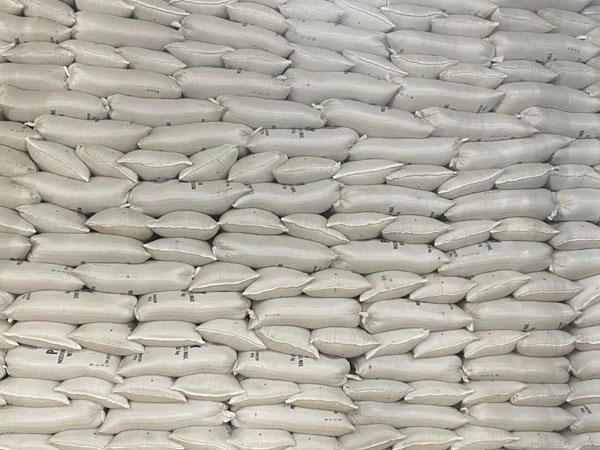Rice, a staple in Japan and an integral part of the country’s culture, tradition and politics, has turned into a pain point for the nation. A rice crisis has gripped the nation for nearly a year with soaring prices and empty supermarket shelves, but it is showing tentative signs of easing. New data from the Ministry of Agriculture, Forestry and Fisheries revealed that average rice prices fell below the psychologically significant 4,000-yen mark for the first time since early March, offering hope to consumers long frustrated by the soaring cost of a dietary staple.
According to the ministry, a five-kilogram bag of rice sold for an average of 3,920 yen ($27.03) during the week ending June 15, a 256-yen drop from the previous week. This marks the first time in over three months that prices have entered the 3,000-yen range, a goal Prime Minister Shigeru Ishiba had pledged to achieve by the end of June.
“This drop is a result of the government’s clear intervention and strategic release of rice reserves,” said Farm Minister Shinjiro Koizumi. Blended rice, which includes rice from government stockpiles, now accounts for half of the market share, up 6 percentage points, helping stabilise supply. Retailers have also started offering imported rice from countries like the US and South Korea. Supermarket chain Aeon began selling California-sourced rice in early June, while South Korean firm The O Global signed a deal to export 200 tonnes of rice, the largest ever by a South Korean private company, to Japan.
Behind the shortage: Panic buying, poor harvest, and tourist demand
The roots of Japan’s rice crisis are multifaceted. Prices began rising sharply in late 2024, primarily driven by a poor harvest in 2023 attributed to unseasonably hot weather and pest infestations. The situation worsened as demand surged, in part due to increased tourism and a rise in rice consumption spurred by rising prices of bread and noodles amid the global wheat crisis following the Russia-Ukraine war.
Public anxiety spiked further in mid-2024 after a widely circulated warning about a potential “megaquake” led to nationwide panic buying. The top-tier “Koshihikari” brand began selling rice for nearly 5,000 yen ($35) per 5 kg, and the average household faced prices nearly double those seen the year before. At one point, rice stockpiles at commercial wholesalers dipped 400,000 tonnes below 2023 levels, hitting a record low of 1.53 million tonnes.
Making matters worse was the government’s delayed release of emergency reserves and structural inefficiencies in Japan’s rice supply chain. The powerful Japan Agricultural Cooperatives (JA), which dominate rice sales, were caught off guard by the crisis.
Meanwhile, the government has faced criticism for failing to track stock levels accurately due to a growing share of rice being sold outside traditional JA channels. The lack of a centralised tracking mechanism and logistical challenges like insufficient milling capacity to convert brown reserve rice into polished white rice only added to consumer frustration.
Still high, still uneven
Although prices have begun to decline, the fall has been modest. Core consumer prices in May rose by 3.7 per cent from a year earlier, with rice prices spiking by a staggering 101.7 per cent, the largest jump in over 50 years. Analysts note that branded rice prices have only just started to dip, suggesting that issues beyond simple supply-demand imbalances may be at play.
Many consumers are also sceptical about the quality of rice being released. Government reserves often consist of older stocks, with terms like “ko-ko-komai” or “old-old-old rice” used to describe some batches. Freshly harvested “shinmai” rice is prized in Japan for its taste and texture, and older rice is seen as less palatable.
To prevent hoarding and profiteering, authorities on June 23 implemented a ban on reselling rice bought at retail stores. Offenders now face up to one year in prison or a fine of up to 1 million yen. Despite these moves, Prime Minister Ishiba has admitted in parliament that the government still lacks full clarity on the current rice inventory, acknowledging that “structural problems” in Japan’s rice policy must be addressed. Bank of Japan Governor Kazuo Ueda echoed a cautious optimism, stating, “We expect such pressures to dissipate,” noting that while inflation remains elevated, it is being driven in part by temporary shocks like rice and import costs.














© Copyright 2025 The SSResource Media.
All rights reserved.